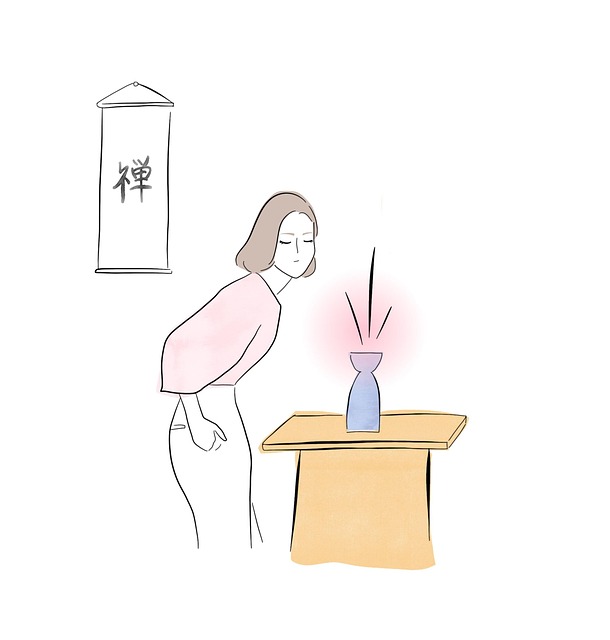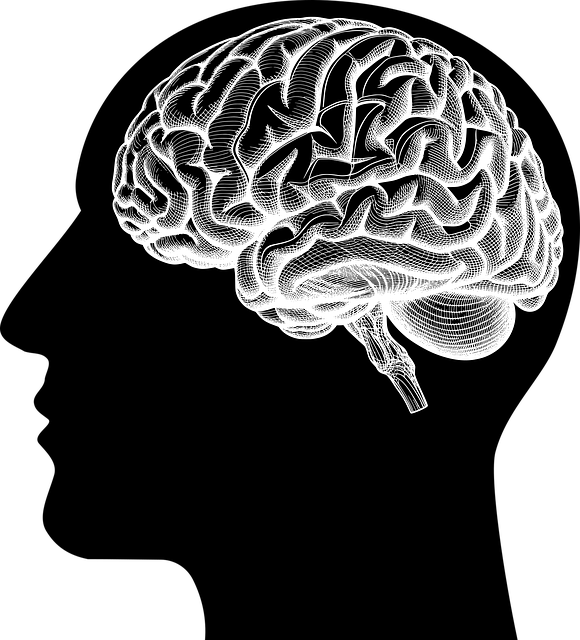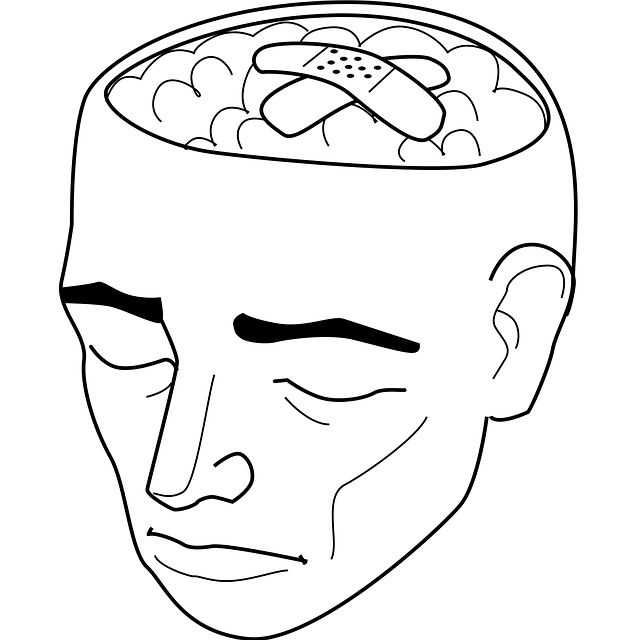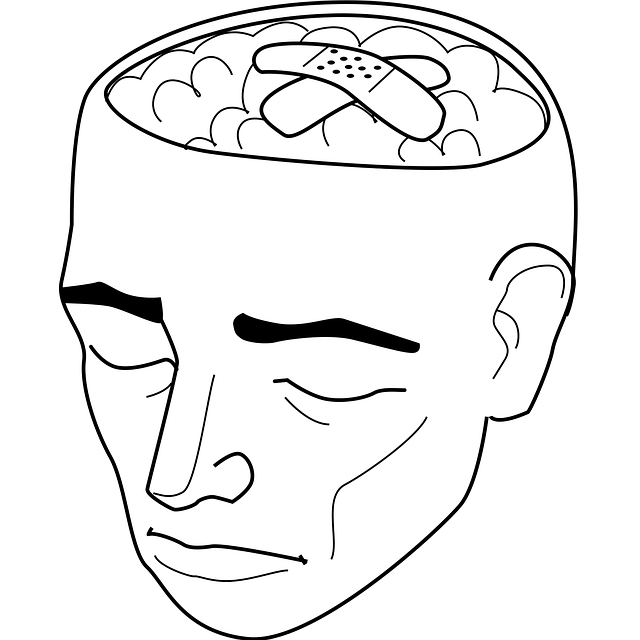Northglenn Play Therapy prioritizes client safety with a comprehensive risk assessment process that goes beyond hazard identification, evaluating physical and emotional aspects of therapy sessions. Therapists integrate quantitative data and client histories to develop personalized harm minimization plans using crisis intervention and compassion cultivation. This proactive approach combines stress management and mindfulness practices to empower clients with coping mechanisms for emotional healing. Through tailored strategies, clear guidelines, regular updates, open communication, and continuous improvement, Northglenn Play Therapy fosters a safe, supportive environment promoting positive thinking and self-care routine development within the local community.
In the realm of Northglenn Play Therapy, risk assessment and harm minimization planning are paramount to ensuring a safe and beneficial therapeutic environment. This article delves into these critical components, offering insights into understanding risk assessment within the unique context of Northglenn Play Therapy. We explore effective strategies for harm minimization, providing practical implementation steps, and emphasizing continuous improvement plans for therapy sessions. By embracing these approaches, therapists can enhance client safety and foster a nurturing atmosphere.
- Understanding Risk Assessment in Northglenn Play Therapy
- Strategies for Harm Minimization in a Therapy Setting
- Practical Implementation and Continuous Improvement Plans
Understanding Risk Assessment in Northglenn Play Therapy

In Northglenn Play Therapy, risk assessment is a fundamental practice that goes beyond identifying potential hazards to understanding their context and impact within the therapeutic environment. It involves meticulously evaluating every aspect of the play therapy session, from the physical space to the emotional dynamics between therapist and client. This holistic approach ensures that all risks are considered, minimizing harm and fostering a safe, nurturing atmosphere for vulnerable individuals.
The process leverages both quantitative data, such as past incident reports, and qualitative insights derived from client histories and ongoing observations. By integrating crisis intervention guidance and compassion cultivation practices, therapists in Northglenn Play Therapy proactively develop harm minimization plans that cater to individual needs. Moreover, they actively engage in public awareness campaigns development to share their expertise, thereby promoting a broader understanding of play therapy’s role in mental health support for children and families within the community.
Strategies for Harm Minimization in a Therapy Setting

In Northglenn Play Therapy, harm minimization is a crucial aspect of ensuring a safe and supportive environment for clients, especially children and adolescents. Therapists employ various strategies to mitigate potential risks and promote emotional healing processes. One key approach is implementing comprehensive risk assessment tools tailored for mental health professionals. These assessments help identify vulnerabilities and plan appropriate interventions, fostering a secure atmosphere.
Additionally, integrating stress management techniques into therapy sessions can significantly enhance the client’s overall well-being. By teaching coping mechanisms and mindfulness practices, therapists empower individuals to navigate challenging emotions effectively. This proactive approach not only minimizes harm but also promotes resilience, enabling clients to engage in their emotional healing processes with greater confidence and self-awareness.
Practical Implementation and Continuous Improvement Plans

The successful implementation of risk assessment and harm minimization planning involves practical strategies tailored to Northglenn Play Therapy’s unique context. This includes establishing clear guidelines for staff, regularly reviewing and updating policies, and fostering a culture of open communication where concerns are promptly addressed. By integrating these practices into daily operations, the therapy center can create a safe and supportive environment for both clients and therapists.
Continuous improvement is key to ensuring the effectiveness of risk management strategies. Regularly evaluating program outcomes, client feedback, and industry best practices allows Northglenn Play Therapy to adapt its approaches over time. This commitment to ongoing refinement ensures that the Community Outreach Program Implementation remains relevant, beneficial, and aligned with fostering positive thinking and encouraging self-care routine development for better mental health within the local community.
Risk assessment and harm minimization planning are indispensable components of effective Northglenn Play Therapy. By understanding the nuances of risk assessment, implementing tailored strategies for harm minimization, and adopting practical implementation plans with continuous improvement, therapists in Northglenn Play Therapy settings can create a safe, nurturing environment that promotes positive outcomes for clients. This holistic approach ensures that every interaction is meticulously considered, fostering a culture of safety and support within the therapy process.











